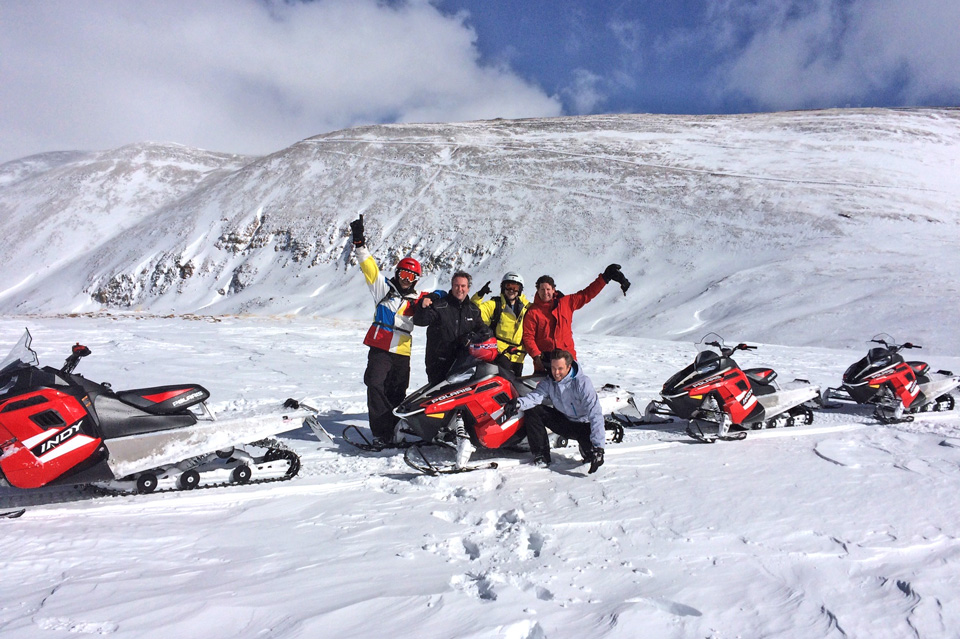The allure of the pristine, snow-covered wilderness draws adventure enthusiasts to the heart of the mountains, where untouched landscapes offer exhilarating opportunities for exploration. Among the many ways to traverse these icy expanses, snowmobiling stands out as a thrilling method of transportation. Yet, with the excitement comes a sobering reality – the inherent danger of avalanches lurking in the terrain. Snowmobiling through avalanche-prone areas requires a unique blend of skill, knowledge, and caution. Unlike skiing or snowboarding, where one might traverse slopes with greater ease, maneuvering a snowmobile demands a different level of expertise. Riders must not only navigate steep inclines and sharp turns but also remain vigilant of the ever-present threat of an avalanche. Preparation is paramount when embarking on such adventures. Experienced riders understand the importance of checking avalanche forecasts and assessing the terrain before setting out. In the end, avalanche enjoyment is not just about the thrill of the ride but also about the journey itself.

They meticulously plan their routes, identifying potential hazard zones and escape routes in case of emergency. Avalanche safety equipment, including transceivers, probes, and shovels, are essential companions, serving as lifelines in the event of disaster. Despite these precautions, the unpredictability of nature means that even the most seasoned riders are not immune to avalanches. When faced with such peril, quick thinking and decisive action can mean the difference between life and death. Riders must be prepared to react swiftly, using their knowledge of avalanche safety protocols to minimize the risk to themselves and their companions. In the event of an avalanche, time is of the essence. As the ground beneath them gives way, riders must rely on their instincts and training to navigate the chaos. Staying on the surface of the snow is crucial, as being buried beneath its weight can prove fatal. Experienced riders know to veer to the side of the avalanche, aiming to outrun its destructive path or find shelter behind a sturdy object.
Communication is key during such harrowing moments. Riders must signal to their companions, alerting them to the danger and directing them to safety. Clear, concise instructions can mean the difference between a successful escape and a tragic outcome. In the aftermath of an avalanche, riders must regroup, assessing the situation and rendering aid to snowmobiling in durango. Despite the inherent risks, the thrill of snowmobiling through avalanche terrain is unmatched. The adrenaline rush of speeding through powdery snow, the breathtaking vistas of towering peaks, and the camaraderie forged through shared adventures create memories that last a lifetime. Yet, these experiences come with a sobering reminder of the power of nature and the need for respect and caution. As technology advances, so too does the ability to mitigate the risks associated with snowmobiling in avalanche terrain. Avalanche airbags, GPS tracking devices, and improved communication systems offer additional layers of safety for riders venturing into the backcountry. Yet, no amount of technology can replace the importance of knowledge and experience when navigating treacherous terrain.